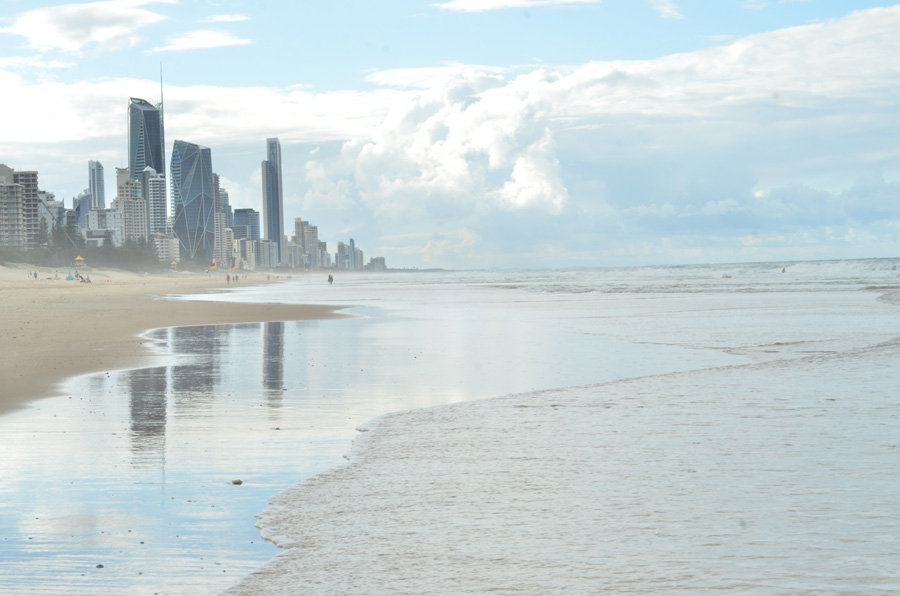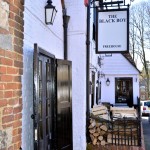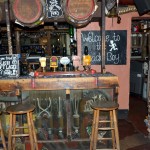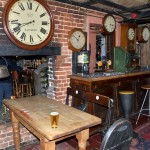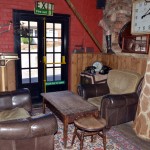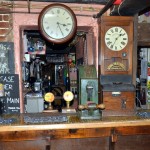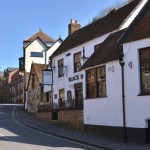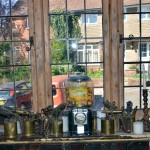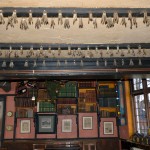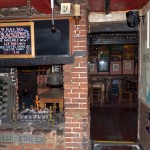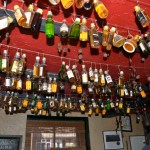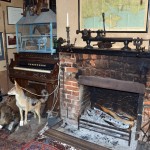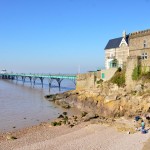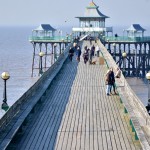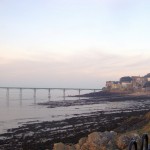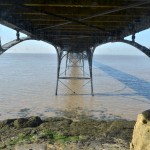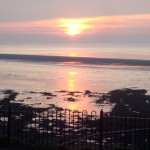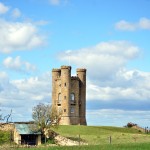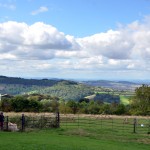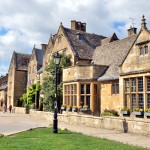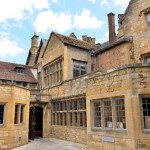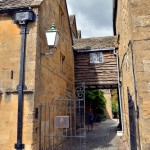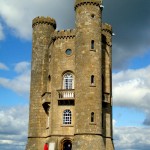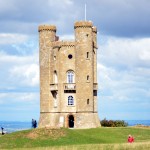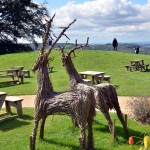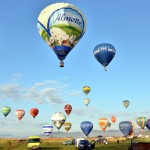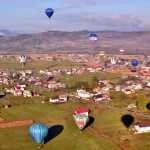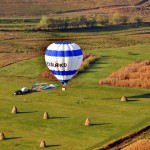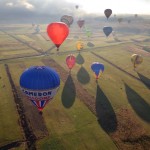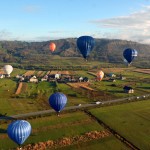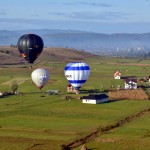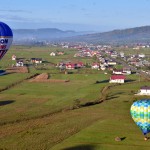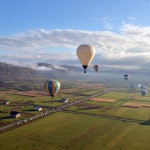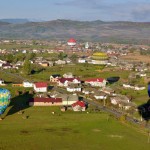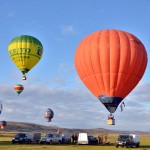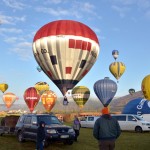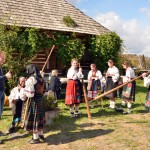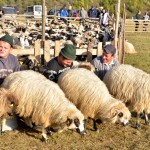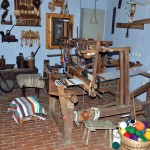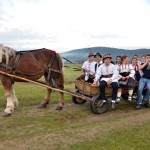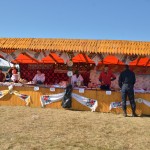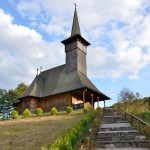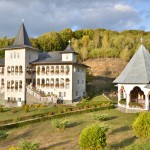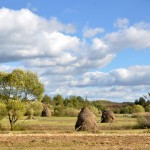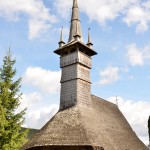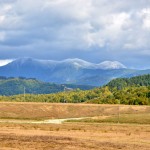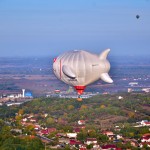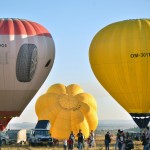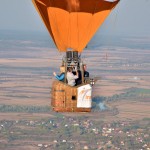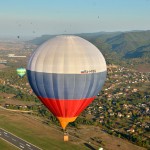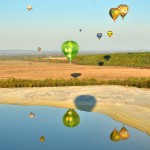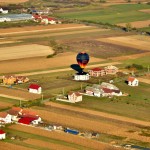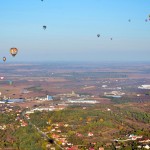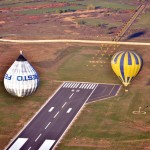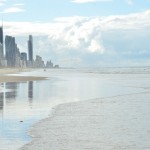 Washed by the emerald-turquoise waves of the Coral Sea and immersed in brilliant sunshine, the Gold Coast city on the Pacific coast of Australia justifies its name of golden – there are 56 km of fabulous sandy beaches, where one can walk barefoot on pure white sand, creating a pleasurable feeling as it creaks under your feet like silk. Golden – because in the state of Queensland, the golden rays of the sun give you positive emotions all year round, a blessing to all residents and holidaymakers alike. The city further justifies its name by the number of millionaires who have chosen to make it their home, making it one of the best places in the world.
Washed by the emerald-turquoise waves of the Coral Sea and immersed in brilliant sunshine, the Gold Coast city on the Pacific coast of Australia justifies its name of golden – there are 56 km of fabulous sandy beaches, where one can walk barefoot on pure white sand, creating a pleasurable feeling as it creaks under your feet like silk. Golden – because in the state of Queensland, the golden rays of the sun give you positive emotions all year round, a blessing to all residents and holidaymakers alike. The city further justifies its name by the number of millionaires who have chosen to make it their home, making it one of the best places in the world.
Probably the Aborigines who inhabited these parts of Australia on the coast more than 60 thousand years ago, were also incredibly happy living there, until they were moved out inland, far away from the cost by the Europeans who settled in the beautiful coastal zones. The 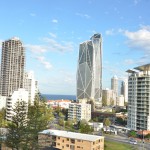 Unknown Southern Land (Terra Australis Incognita), so called since Roman times, was discovered as a continent in 1606 by the Dutch, and it was Dutch navigators who in the 17th century mapped the more accurate outlines of the mainland. The east coast remained poorly understood until, in 1770, the English traveler James Cook, who had made his journey at the behest of the British Geographical Society set foot in Botany Bay. On the shores of the current Gold Coast, according to historical evidence James Cook first landed there on 16th of May 1770. At that time, these lands were inhabited by the aboriginal tribes of the Yugamba, who lived by hunting and fishing. The aborigines called this area Kurungul because of the abundance of deciduous trees used for making boomerangs.
Unknown Southern Land (Terra Australis Incognita), so called since Roman times, was discovered as a continent in 1606 by the Dutch, and it was Dutch navigators who in the 17th century mapped the more accurate outlines of the mainland. The east coast remained poorly understood until, in 1770, the English traveler James Cook, who had made his journey at the behest of the British Geographical Society set foot in Botany Bay. On the shores of the current Gold Coast, according to historical evidence James Cook first landed there on 16th of May 1770. At that time, these lands were inhabited by the aboriginal tribes of the Yugamba, who lived by hunting and fishing. The aborigines called this area Kurungul because of the abundance of deciduous trees used for making boomerangs.
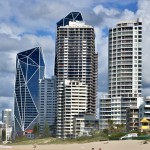 After Britain claimed the mainland in 1828 it began to establish its colonies and prisons, the Gold Coast also began to develop as a center for the woodworking industry. Europeans were attracted by the valuable breeds of red cedar. Gradually this area began to develop as a Mecca for the rich and influential residents of Brisbane, when in 1885 the Governor of Queensland took a fancy to the coast and built himself a holiday house on a hill. In 1923, a businessman from Brisbane, James Cavill, built the Surfers Paradise Hotel, and later a whole area of the city acquired this name. After the construction of the coastal road in 1925, the tourist boom began, and gradually the region became known as the “golden one”. In 1959, the city became officially called the Gold Coast and received the status of City.
After Britain claimed the mainland in 1828 it began to establish its colonies and prisons, the Gold Coast also began to develop as a center for the woodworking industry. Europeans were attracted by the valuable breeds of red cedar. Gradually this area began to develop as a Mecca for the rich and influential residents of Brisbane, when in 1885 the Governor of Queensland took a fancy to the coast and built himself a holiday house on a hill. In 1923, a businessman from Brisbane, James Cavill, built the Surfers Paradise Hotel, and later a whole area of the city acquired this name. After the construction of the coastal road in 1925, the tourist boom began, and gradually the region became known as the “golden one”. In 1959, the city became officially called the Gold Coast and received the status of City.
The name Surfers Paradise speaks for itself: the best Pacific coastal waves for novice surfers  have turned the Gold Coast into a center for surfing. The cult of surfing is present on all Australian emblems and souvenirs along with kangaroos and koalas, which can be found not only in special parks, but also in forests and meadows.
have turned the Gold Coast into a center for surfing. The cult of surfing is present on all Australian emblems and souvenirs along with kangaroos and koalas, which can be found not only in special parks, but also in forests and meadows.
Heading west from the city center, the coastline comprises of many islands sheltering the shore from the heavy ocean waves, making it possible on some beaches to swim in a calm sea. The beauty of this is also in the fact that the swimming season lasts all year round: even in the Australian winter, the temperature of the ocean does not fall much below 19 degrees, at an average temperature of 21 degrees.
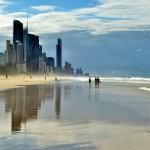 One gets great pleasure walking along the beaches, you can walk along the silky sand for ages without ever getting tired, because the ocean breeze fills you with inexhaustible energy. Only here can you begin to appreciate how the feeling of extraordinary freedom and there is a feeling of infinite life. The ocean beckons, the sound of the waves bewitches. Having been here once, an irresistible desire is born to return again and again.
One gets great pleasure walking along the beaches, you can walk along the silky sand for ages without ever getting tired, because the ocean breeze fills you with inexhaustible energy. Only here can you begin to appreciate how the feeling of extraordinary freedom and there is a feeling of infinite life. The ocean beckons, the sound of the waves bewitches. Having been here once, an irresistible desire is born to return again and again.
Skyscrapers all along the coastline is another exotic side of this Pacific Gold Coast landscape. High-rise buildings began to appear in the city center in the 1980’s. Lined up along the golden 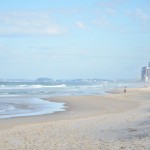 coast, they seem to stretch skyward toward blue skies, reflected in the Pacific waves. Every year their number is growing. In 2005, the Queensland Number One Tower (Q1) was built in the shape of an Olympic torch 322,5 meters high, which remained the tallest building in the world until the Dubai Sails (built in 2011). From the observation deck on the 78th floor a magical panorama unflods below. The most expensive penthouses are sold in the residential tower named “Soul”, the second highest in the city at 243 meters.
coast, they seem to stretch skyward toward blue skies, reflected in the Pacific waves. Every year their number is growing. In 2005, the Queensland Number One Tower (Q1) was built in the shape of an Olympic torch 322,5 meters high, which remained the tallest building in the world until the Dubai Sails (built in 2011). From the observation deck on the 78th floor a magical panorama unflods below. The most expensive penthouses are sold in the residential tower named “Soul”, the second highest in the city at 243 meters.
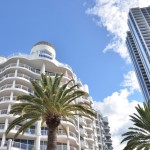 Luxury villas adorne the suburbs along the canals and rivers where previously, there was nothing but a huge swamp. But they began to drain it, dig many canals and build luxury villas along these canals. The Nerang and Kumera rivers flow through the city and spread out in these canals. Villas by the river are only affordable by wealthy Australians who are living along beautiful streets by the canals and rivers, and boast names such as Prosperity Alley, Champagne Boulevard and Pearl Passage!
Luxury villas adorne the suburbs along the canals and rivers where previously, there was nothing but a huge swamp. But they began to drain it, dig many canals and build luxury villas along these canals. The Nerang and Kumera rivers flow through the city and spread out in these canals. Villas by the river are only affordable by wealthy Australians who are living along beautiful streets by the canals and rivers, and boast names such as Prosperity Alley, Champagne Boulevard and Pearl Passage!
Australians know how to have fun. In addition to restaurants, cafes, nightclubs and a casino, the city has many different festivals throughout the year. Like the blues festival.
Finally, plenty of fun is available for fans of extreme recreations with adventure and water parks. Not far from the city there is Lamington National Park a world heritage site with rain forests.
The sea air climate and the beauty of the natural landscape, contributes to the production of hormones creating happiness that radiates on the faces of all who live here…
